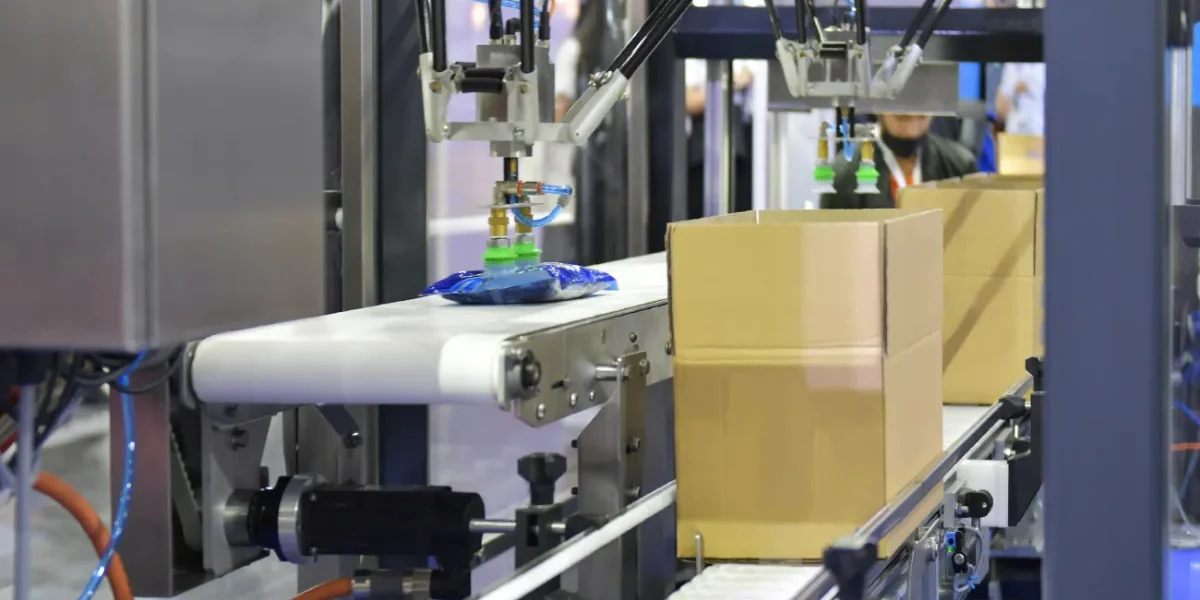
Adhesive Application Methods: The Right Way to Bond Every Surface
Adhesive Application Methods:
The Right Way to Bond Every Surface

Adhesive Application Methods: The Right Way to Bond Every Surface
Adhesive Application Methods:
The Right Way to Bond Every Surface
1. Common Adhesive Application Methods
A) Brushing & Rolling
B) Spraying
C) Dipping
D) Bead & Dot Application
E) Roller Coating
2. Choosing the Right Adhesive for Different Surfaces
Surface | Best Adhesive Type | Application Method |
Wood | Wood glue, Epoxy | Brushing, Rolling, Dipping |
Metal | Epoxy, Cyanoacrylate, Contact Adhesive | Bead Application, Spraying |
Plastic | Super Glue, Polyurethane, Hot Glue | Spraying, Dot Application |
Glass | Silicone Adhesive, UV Curing Adhesive | Dot Application, Bead Application |
Fabric | Spray Adhesive, Hot Glue | Spraying, Brushing |
Concrete | Construction Adhesive, Polyurethane | Rolling, Trowel Application |
3. Key Benefits of Using the Right Adhesive Application Method
Final Thoughts
FAQs
What is adhesive application, and why is it important?
Adhesive application refers to the process of applying an adhesive to a surface to create a strong bond. It is essential for ensuring adhesive strength, durability, and efficiency across various industries.
What are the most common adhesive application methods?
Common adhesive application methods include brushing & rolling, spraying, dipping, bead & dot application, and roller coating, each suited for different materials and use cases.
Which adhesive application method is best for large surfaces?
Brushing, rolling, and spraying are ideal for large surfaces as they ensure uniform adhesive distribution and reduce material waste.
How does the choice of adhesive affect bonding strength?
Using the correct adhesive for a specific surface, such as wood glue for wood or epoxy for metal, maximizes bonding strength and durability.
What is the advantage of using a spray adhesive?
Spray adhesives provide even coverage, reduce application time, and minimize material waste, making them ideal for upholstery, automotive, and industrial use.
Which adhesive bonding method is best for precision work?
Bead & dot application works best for precision work, such as electronics and small-scale structural bonding, allowing for controlled adhesive placement.
What is roller coating, and when is it used?
Roller coating is an adhesive application method used in large-scale industrial applications, ensuring uniform thickness and high-speed processing.
How do I choose the right adhesive application method for my material?
The right method depends on the material's properties—brushing for wood, spraying for fabric, dot application for glass, and rolling for flexible materials.
Can using the wrong adhesive application method weaken the bond?
Yes, incorrect application can lead to weak adhesion, uneven bonding, longer drying times, and poor structural integrity.
What are the key benefits of using the correct adhesive bonding process?
The right process improves bond strength, reduces waste and cost, speeds up drying time, and enhances both aesthetic and structural integrity.
Mahisa Packaging Systems LLP
Office Address :
Service & Spares :
Sales Inquiry :
Sales phone: +91 98210 49426
+91 84510 70625
+91 72089 76891
Sales email: sales@mahisa.com
Social Links :
Need Help? Chat with us